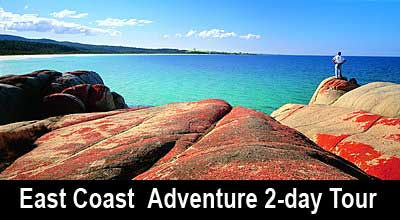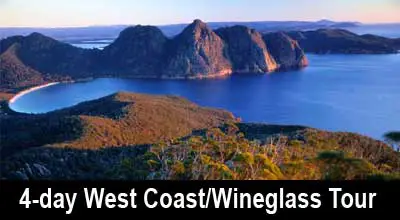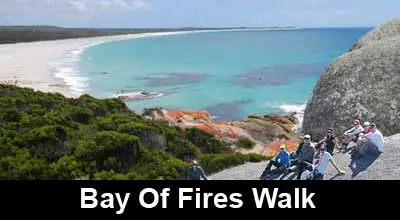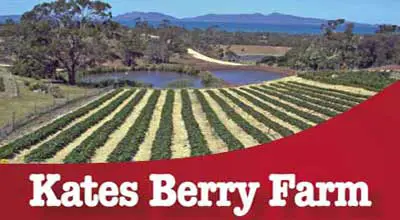The East coast of Tasmania, which begins at the north-east corner of the state, Cape Portland, features wide sweeping beaches punctuated by headlands of granite, much of which is covered in orange lichen. The crystal clear waters, the ribbons of clear white sandy beaches and the brightly painted rocks that punctuate them, have led to these beaches being ranked internationally among the best in the world.
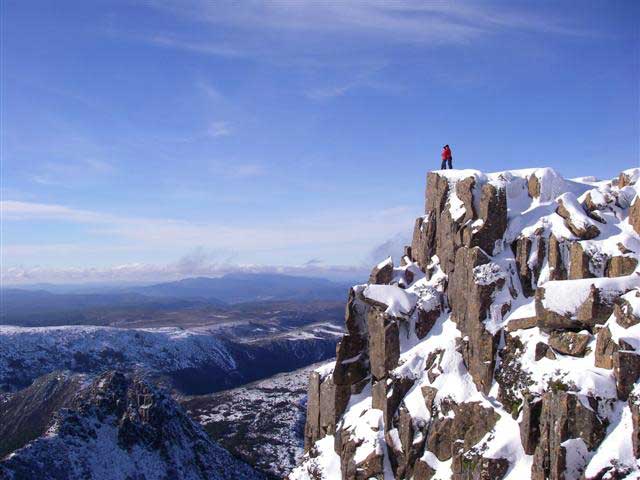 Ben Lomond
Ben Lomond
In stark contrast is the hinterland, a mountainous area where once miners extracted tin and gold from the ground, but today farmers plough patchwork quilts of rich dark soil, where bountiful crops grow alongside verdant pasture. But the untamed natural majesty of the region's rugged mountainous terrain is never far away, encircling the farmlands are deeply wooded rainforests where the Whtie Knights, the world's largest eucalypts, grow in abundance, rivers flow over waterfalls and wildlife abounds.
The north east corner of Tasmania and the coastline which extends south from it is a region of magnificent coastal vistas, good surf beaches and fishing grounds. The numerous small seaside villages, nestled mainly around sheltered inlets, increase dramatically in size during the summer holidays and are fairly quiet at other times. The clear water of the rivers, bays and miles of beaches abound with sea life including lobster, abalone and many varieties of scale fish.

Bicheno Blowhole

How To Get There
 Maria Island, Darlington settlement
Maria Island, Darlington settlement
The east coast of Tasmania is serviced by a variety roads and highways
from the towns and cities in the north, the Midlands and the south.
From Hobart, drive east to Sorell then north, which leads to the
southern settlements of the east coast. The major highway to the east
coast from the Midlands is Lake Leake Highway, which joins Midlands
Highway at Campbell Town. It reaches the coast just north of Swansea.
From Launceston, travel south on Midland Highway past Evandale, turning
east into Esk Highway. This highway passes through the Esk and Fingal
Valleys, meeting up with Tasman Highway south of Scamander. From the
North East region of Tasmania, take Tasman Highway to St Helens.

Best Time To Go

Schouten Island from Maria Island
November to April is the peak season in Tasmania. Summer brings warm
days and mild evenings from December to February, while winter can be
stormy with snow on the mountain peaks between July and August.
Rainfall occurs throughout the year. The weather is most stable from
the end of summer to autumn (February to May).
The northern parts of the east coast enjoy a much milder, more pleasant
climate than elsewhere in Tasmania, the result of a micro-climate
produced by surrounding hills and warm ocean currents. Consequently St
Helens is warmer than Melbourne in winter and enjoys a balmy 22 degrees
C average in February.

Tours













